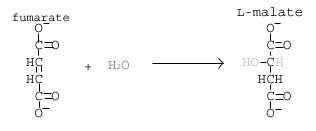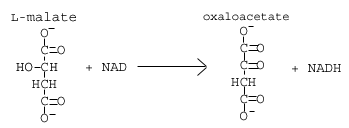Suggestions
Use up and down arrows to review and enter to select.Please wait while we process your payment
If you don't see it, please check your spam folder. Sometimes it can end up there.
If you don't see it, please check your spam folder. Sometimes it can end up there.
Please wait while we process your payment

By signing up you agree to our terms and privacy policy.
Don’t have an account? Subscribe now
Create Your Account
Sign up for your FREE 7-day trial
Already have an account? Log in
Your Email
Choose Your Plan
Individual
Group Discount
Save over 50% with a SparkNotes PLUS Annual Plan!
 payment page
payment page
Purchasing SparkNotes PLUS for a group?
Get Annual Plans at a discount when you buy 2 or more!
Price
$24.99 $18.74 /subscription + tax
Subtotal $37.48 + tax
Save 25% on 2-49 accounts
Save 30% on 50-99 accounts
Want 100 or more? Contact us for a customized plan.
 payment page
payment page
Your Plan
Payment Details
Payment Summary
SparkNotes Plus
You'll be billed after your free trial ends.
7-Day Free Trial
Not Applicable
Renews April 25, 2024 April 18, 2024
Discounts (applied to next billing)
DUE NOW
US $0.00
SNPLUSROCKS20 | 20% Discount
This is not a valid promo code.
Discount Code (one code per order)
SparkNotes PLUS Annual Plan - Group Discount
Qty: 00
SparkNotes Plus subscription is $4.99/month or $24.99/year as selected above. The free trial period is the first 7 days of your subscription. TO CANCEL YOUR SUBSCRIPTION AND AVOID BEING CHARGED, YOU MUST CANCEL BEFORE THE END OF THE FREE TRIAL PERIOD. You may cancel your subscription on your Subscription and Billing page or contact Customer Support at custserv@bn.com. Your subscription will continue automatically once the free trial period is over. Free trial is available to new customers only.
Choose Your Plan
For the next 7 days, you'll have access to awesome PLUS stuff like AP English test prep, No Fear Shakespeare translations and audio, a note-taking tool, personalized dashboard, & much more!
You’ve successfully purchased a group discount. Your group members can use the joining link below to redeem their group membership. You'll also receive an email with the link.
Members will be prompted to log in or create an account to redeem their group membership.
Thanks for creating a SparkNotes account! Continue to start your free trial.
We're sorry, we could not create your account. SparkNotes PLUS is not available in your country. See what countries we’re in.
There was an error creating your account. Please check your payment details and try again.
Please wait while we process your payment

Your PLUS subscription has expired
Please wait while we process your payment
Please wait while we process your payment


The enzyme succinate dehydrogenase catalyzes the removal of two hydrogens from succinate in the sixth reaction of the citric acid cycle. In the reaction, a molecule of FAD, a coenzyme similar to NAD, is reduced to FADH2 as it takes the hydrogens from succinate. The product of this reaction is fumarate.

FAD, like NAD, is the oxidized form while FADH2 is the reduced form. Although FAD and NAD perform the same oxidative and reductive roles in reactions, FAD and NAD work on different classes of molecules. FAD oxidizes carbon-carbon double and triple bonds while NAD oxidizes mostly carbon-oxygen bonds.
In this reaction, the enzyme fumarase catalyzes the addition of a water molecule to the fumarate in the form of an –OH group to yield the molecule L- malate.

In the final reaction of the citric acid cycle, we regenerate oxaloacetate by oxidizing L–malate with a molecule of NAD to produce NADH.

We have now concluded our discussion of the reactions that compose the citric acid cycle. It is helpful at this point to take a minute to take stock of what the citric acid cycle has generated from one acetyl-CoA molecule.
Please wait while we process your payment

